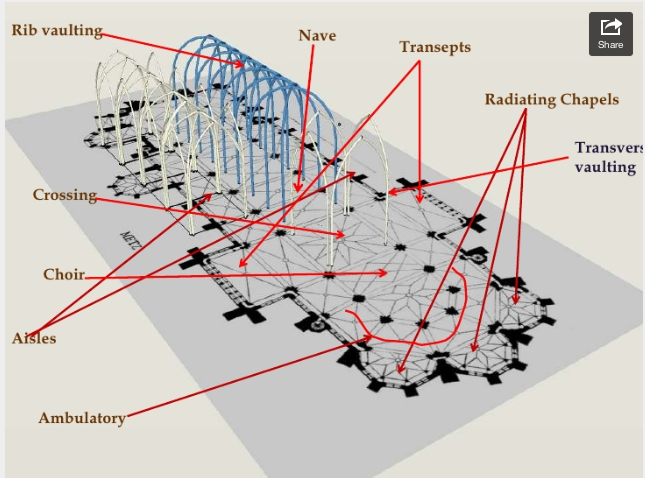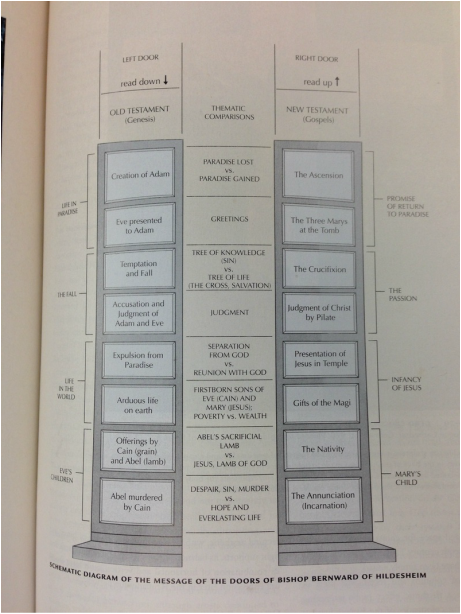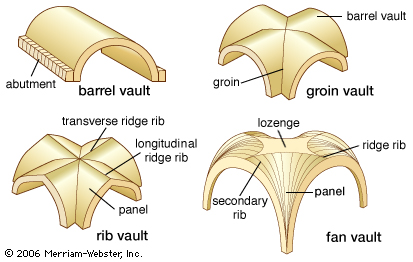I hope you're enjoying your break and getting your work done. I see only two people have taken the exam - I hope you are all doing work... I know it is a lot and I know its not always fun, but DON'T put it off... you'll regret it later - I promise...
First things first - I'll be doing a flashcard / Notes check the Monday we return for Chapter 16 & 17 (Gothic and 14th Century) Be prepared to show them to me...
A few notes:
1. Midterms
Our midterm is on Thursday 1/22 from 7:40 - 9:05. You and your partner will have 15 minutes to present your chapters (thats 7.5 minutes each if you split it evenly...) Here is the lineup:
1. 7:40-7:55: South & South East Asia (Ch. 9 & 23)
2. 7:55 - 8:10: China & Korea (Ch. 10 & 24)
3. 8:10 - 8:25: Japan (Ch. 11 & 25)
4. 8:25 - 8:40: Americas (Ch. 12 & 26)
5: 8:40 - 8:55: Africa (Ch. 13 & 28)
* this leaves us only 10 minutes as a buffer so plan accordingly - you will be cutoff at the end of your time slot to allow others their time - be precise and to the point, cover main points and use handouts to give additional information.
(Pacific Art (Ch. 27) PowerPoint will be posted on the blog and handouts will be given)
2. Calendar
I've adjusted the calendar (see link above) to cover the content material a bit earlier than originally anticipated to allow for time at the end for writing practice. It is A LOT of info to cover.... please be prepared to work hard between now and May (the exam). The calendar will be adjusted if need be... but this is the plan for now!
3. Late Work & Make-Up Tests
Because we have a lot to cover, I will not be accepting work late from here on out, nor will I be allowing make-up tests past once letter-day cycle. You need to keep up with things, and late work drags both you and I down --and for me to keep up with content, planning and grading, I cannot accept late work.
4. Writing
Remember to READ the entire question and before answering - try to rephrase the question in different words so that you know you are understanding the question correctly. I'm getting some people who are missing half the question... if the word AND is in the question, there are essentially two questions being asked. And if its looking for you to explain something in relation to another - you must explain both! :)




